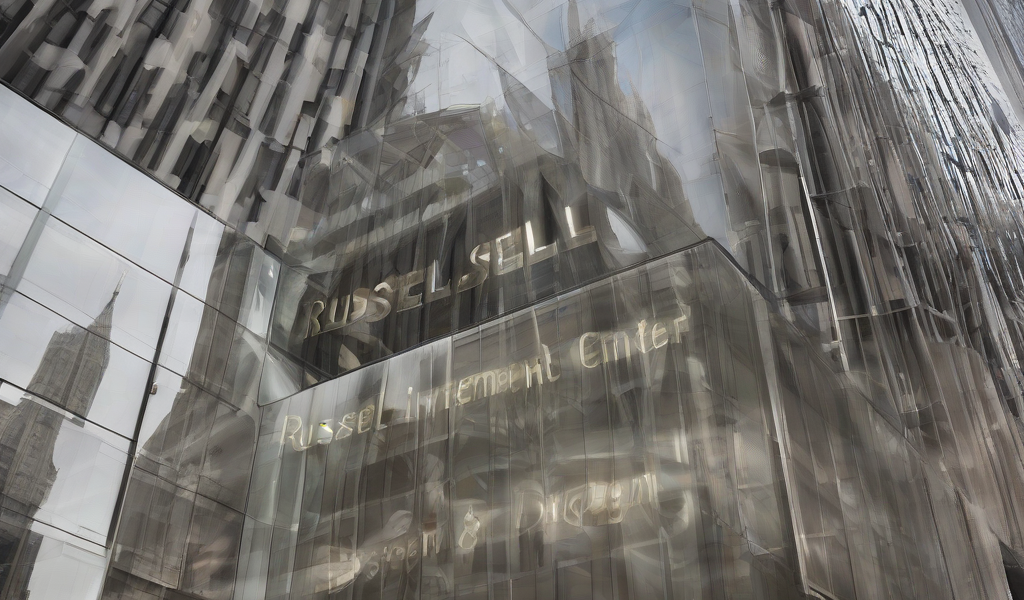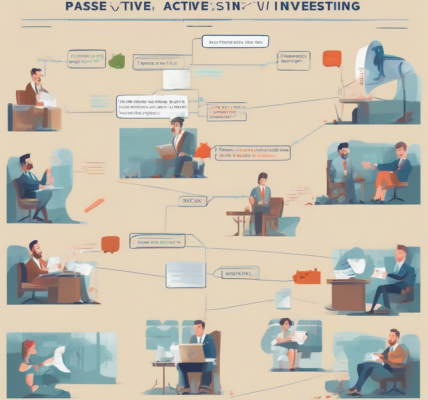Russell Investment Center: A Deep Dive into a Landmark of Financial Innovation
The Russell Investment Center, while perhaps not as immediately recognizable as some other architectural marvels, holds a significant place in the landscape of global finance. This isn’t simply a building; it’s a symbol of decades of investment strategy, technological advancement, and the ever-evolving world of portfolio management. This detailed exploration delves into the history, significance, and impact of the Russell Investment Center, examining its role in shaping modern investment practices.
Historical Context: The Genesis of a Financial Powerhouse
Understanding the Russell Investment Center requires understanding the history of Russell Investments itself. Founded with a commitment to innovative investment approaches, the firm quickly established itself as a leader in quantitative investment strategies. The construction of the Russell Investment Center marked a pivotal moment, signifying not just physical expansion but also a commitment to advanced technology and research. The building itself became a physical manifestation of the firm’s dedication to data-driven decision-making and cutting-edge investment methodologies.
The specific timeline of its construction and opening, along with the architects and designers involved, would add further depth to the historical narrative. Research into original press releases, company archives, and architectural records would unveil valuable details about the building’s conception and realization. This section would benefit from incorporating primary source material, offering a more robust and authentic historical account.
Architectural Design and Functionality: Form Following Function
The Russell Investment Center’s architecture is likely a reflection of its purpose. While specific architectural details would need further investigation, it’s reasonable to assume that the building’s design prioritizes functionality and efficiency. The layout probably optimizes workflow, facilitating collaboration among investment professionals, analysts, and support staff. This section would benefit from a description of the building’s layout, incorporating details like the number of floors, the presence of specialized areas (e.g., trading floors, research labs), and any notable architectural features.
- Open-plan offices: Modern office designs often favor open-plan layouts to foster collaboration and communication. The Russell Investment Center likely incorporates this design element.
- High-tech infrastructure: Given its focus on quantitative investing, the building would necessitate advanced technological infrastructure to support data processing, analysis, and communication.
- Sustainable design elements: Many modern commercial buildings incorporate sustainable design principles to minimize their environmental footprint. Information regarding the building’s environmental performance would be a valuable addition.
- Security features: Given the sensitive nature of financial data, the building undoubtedly incorporates robust security features to protect its assets and information.
Technological Advancements and Their Impact
The Russell Investment Center is more than just bricks and mortar; it’s a hub of technological innovation. The building likely houses cutting-edge computing systems, data centers, and network infrastructure that support the firm’s quantitative investment strategies. This section would explore the specific technologies utilized within the building, their role in supporting investment research and portfolio management, and how these technologies contribute to Russell Investments’ competitive advantage.
- High-performance computing: Quantitative investing relies heavily on complex mathematical models and simulations. The building probably houses powerful computing resources to handle these demanding computational tasks.
- Data analytics platforms: The ability to analyze vast amounts of data is crucial for identifying investment opportunities. The Russell Investment Center likely leverages sophisticated data analytics platforms to process and interpret market data.
- Network infrastructure: Reliable and high-speed network connectivity is essential for accessing market data, collaborating with colleagues, and communicating with clients. This section would detail the network infrastructure supporting the building’s operations.
- Cybersecurity measures: Protecting sensitive financial data is paramount. The building’s technological infrastructure likely incorporates robust cybersecurity measures to safeguard against data breaches and cyberattacks.
The Russell Investment Center’s Influence on the Investment Industry
The Russell Investment Center’s influence extends beyond its physical location. As a hub for innovation and research, it plays a critical role in shaping the investment industry. This section would discuss the center’s contribution to the development of quantitative investment strategies, its impact on portfolio management techniques, and its overall role in advancing the field of finance.
- Development of quantitative models: The center likely plays a pivotal role in the development and refinement of quantitative investment models used by Russell Investments.
- Innovation in portfolio construction: The building’s resources support the development of innovative portfolio construction techniques that optimize risk and return.
- Influence on industry best practices: The research and development conducted at the center likely influences industry best practices and standards.
- Dissemination of knowledge: The center might contribute to the dissemination of knowledge through publications, conferences, and collaborations with academic institutions.
Challenges and Future Directions
Despite its success, the Russell Investment Center faces ongoing challenges. The rapid pace of technological change, evolving regulatory landscapes, and increasing competition necessitate continuous adaptation and innovation. This section would explore the challenges the center faces and discuss potential future directions for its development.
- Adapting to technological advancements: The center must constantly adapt to the latest technological innovations to remain competitive.
- Navigating regulatory changes: Changes in financial regulations require continuous adjustments to operational procedures and investment strategies.
- Maintaining a competitive edge: The center must constantly strive to maintain a competitive edge in the increasingly crowded investment management landscape.
- Embracing sustainable practices: The center should explore opportunities to further enhance its sustainability initiatives.




